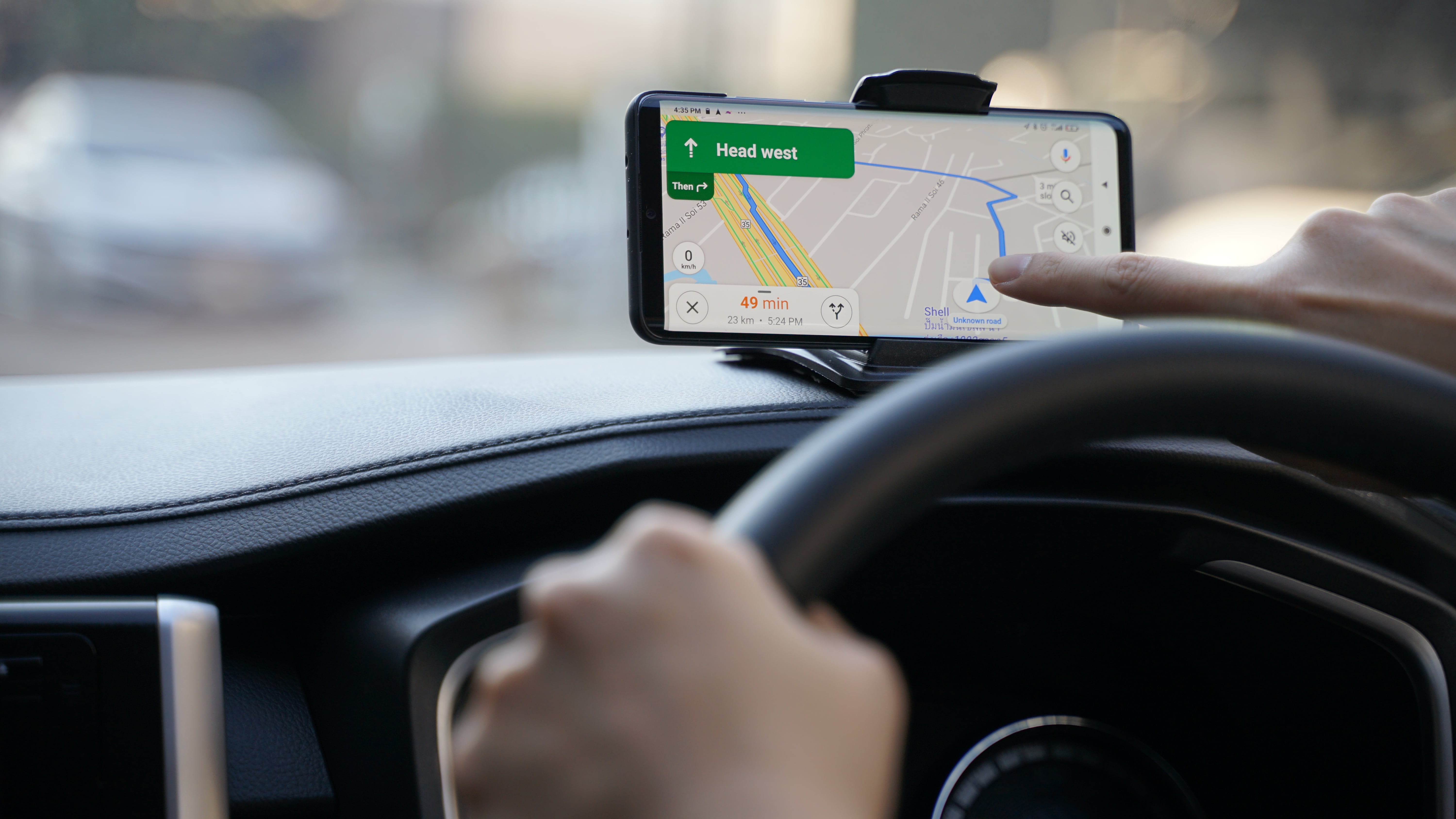4 ways Google Maps needs to improve now
Google Maps is good, but it could be great

Google Maps may be one of the best navigation apps out there, but that doesn’t mean it’s perfect.
Having spent years relying on Google Maps to take me everywhere, using it to help me save on fuel costs, and making sure I never miss the last train home, I’m aware of both its benefits and its faults.
So here are four improvements that I’d love to see made to Google Maps.
Google Maps needs to be more accurate
Google Maps is generally pretty accurate. Its traffic warnings and journey times are consistently right, and its routes always get me to where I want to go.
That said, it can make mistakes on more minor details. On quite a few occasions recently, I’ve found that the speed limit for a particular road indicated by Maps is incorrect, being either too high and too low on certain stretches of my journey.
In addition, while navigating towns and cities on foot, Google Maps can sometimes disregard alleys and paths that could simplify or even shorten my route, overly favoring paths along main roads.

These minor issues aren’t going to be the easiest to get right all the time – after all, Google Maps is trying to keep track of data from all over the world – but there are some ways it could be fixed.
Sign up for breaking news, reviews, opinion, top tech deals, and more.
Better promoting crowdsourcing tools is one, giving users a more obvious way to offer corrections for what Google Maps is reporting. Additionally, it would be great if the car navigation system could use your phone’s rear camera to detect road signs, live-updating the recommended speed limit as you drive. Traffic sign recognition is already appearing in many cars, and adding it to Google Maps shouldn’t be too difficult.
Google Maps should expand its voice options
Google Maps’ voice options are severely lacking.
Back when I was a kid, I remember our sat nav had access to a slew of celebrity and famous character voices from which you could choose. You even had the option to record your own.
Admittedly, these voices could grate after a while – Yoda’s navigation narration lasted barely 5 minutes – but for the occasional blast of fun, I’d love to be guided by the potty-mouthed Billy Butcher from The Boys, or hear the delightfully odd intonation of Nicolas Cage.
It should be easier to combine multiple modes of transport in one route
A big time-saver when planning my routes on the web version of Google maps would be the option to easily craft a single route that uses multiple modes of transportation.
I live in the UK’s countryside, where public transport is a lot more miss than it is a hit. As such, if I want to take a bus to the local train station, it will likely take me about an hour, including the walk on either end. By contrast, I can drive there in about 20-25 minutes, depending on traffic.
On another journey, I’ve found myself wanting to walk to a train station or ride my bike there. Being able to combine these eco-friendlier options would help me better plan when I need to leave, so I can arrive in time, without having to sprint to catch my train.

Being able to combine Google Maps’ different transportation options into a single route on the main page would be a huge help. There are ways to get around this – by using multiple tabs with different sections of the route mapped out, for example – but none are as simple as I want them to be.
Privacy features are lacking in Google Maps
Despite having many downsides over its competitor, Apple Maps is attracting iPhone 13 users because of its superior privacy settings, settings that Google needs to mimic.
Unlike Google Maps – where all the data is stored on a remote server – all your Apple Maps personal data is stored locally on your own device so you can delete it whenever you want. Plus, Apple Maps uses a special method called fuzzing to give you accurate travel data while also keeping that data private.
Rather than sending off a single request for information about your route from A to B, Apple Maps will include it in a data packet that also asks about travel options between other points. When the packet gets back to your iPhone the excess information is dumped so you only get the directions you asked for, but the server doesn't know which data you really wanted. What’s more, by the time your data reaches Apple’s servers it’s no longer attached to your Apple ID. So not only is it near impossible for Apple remotely determine where you are, it doesn’t even know who you are.
By contrast, Google collects a lot of your data to give you travel recommendations and request reviews for locations you’ve visited, and stores a lot of it on remote servers. For people interested in Google Maps as a travel guide these tools can be really helpful, but if you value privacy even Google's incognito mode doesn't come close to trumping Apple’s options.
If you’re looking for things that Google Maps can do, then check out these 5 hidden features that you might not know about.

Hamish is a Senior Staff Writer for TechRadar and you’ll see his name appearing on articles across nearly every topic on the site from smart home deals to speaker reviews to graphics card news and everything in between. He uses his broad range of knowledge to help explain the latest gadgets and if they’re a must-buy or a fad fueled by hype. Though his specialty is writing about everything going on in the world of virtual reality and augmented reality.